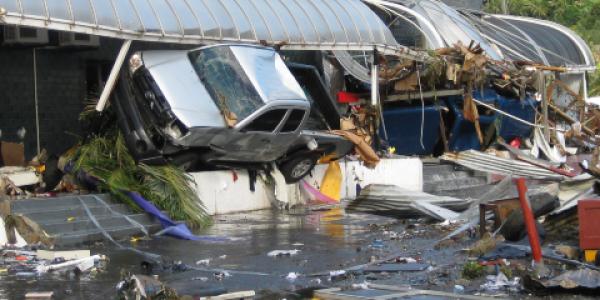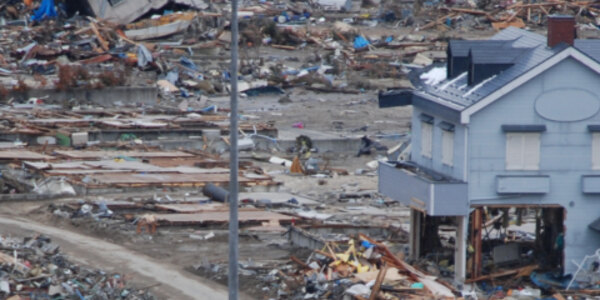
The South Sandwich Islands are a group of extremely remote, very small, uninhabited islands located just north of Antarctica in the Southern Ocean. Despite being surrounded by and partially covered with ice, the islands are the product of volcanic eruptions and are home to active volcanoes. The islands are also in an active earthquake zone due to their location in the Scotia Subduction Zone, one of the tectonic plates that make up Earth’s outermost layer.
On August 12, 2021, a series of powerful earthquakes shook the South Sandwich Islands. The initial earthquake measured magnitude 7.5 Mw. Just three minutes later, an 8.1 Mw quake followed, rupturing the shallow subduction zone. The entire event lasted an unusually long 260 seconds. The magnitude 8.1 Mw quake ties as the largest earthquake ever recorded in this region and the Atlantic Ocean as a whole, along with a 1929 earthquake in this same region.
Because the 8.1 Mw quake occurred so closely behind the 7.5 Mw event, the first quake had initially masked the second quake’s seismic signature. It was the unpredicted, global-spreading tsunami that gave scientists insight into the nature of the earthquake. Research models showed that the 7.5 Mw event would not have caused a tsunami of this extensive nature, so it helped reveal the larger, longer quake as the cause. Luckily, no one was injured and no damage occurred from either the quake or the tsunami. Because of the remoteness of the uninhabited South Sandwich Islands, no photos from the 2021 earthquakes or resulting tsunami exist.
Widespread Waves
Although the tsunami was not destructive, it was recorded at many coastal sea-level stations around the world, as far away as 10,000 kilometers (6,214 miles) from its origin. After first reaching the nearby tide gauge at King Edward Point on South Georgia Island, with an observation of about 65 cm (2.13 ft), smaller tsunami signals were observed as far away as Hawaii, Alaska, Mauritius, the Azores Islands, and eastern Madagascar. The tsunami is one of the few events to be recorded in four out of the five oceans (Pacific, Atlantic, Indian, and Southern) since the 2004 Indian Ocean tsunami. Ongoing research on this complex event will help improve earthquake monitoring and tsunami warning systems in the future.
NCEI archives and assimilates tsunami, earthquake, and volcano data in the NCEI Global Historical Hazard Database to support research, planning, response, and mitigation. Long-term data can be used to establish the history of natural hazard occurrences and help mitigate against future events.





